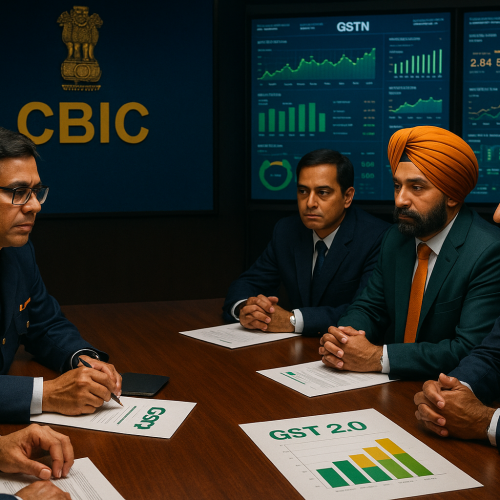A report by Goldman Sachs highlights a fundamental shift in Indian households’ investment preferences: more citizens are moving from traditional physical assets like gold and real estate toward financial assets such as mutual funds, equities, insurance, and fixed income products. This transition is being driven by rising incomes, favourable demographics, and growing financial awareness.
The trend reflects the deepening of India’s capital markets and the ongoing formalization of household savings, marking a long-term shift in how Indians build wealth.
Drivers of the Shift Toward Financial Assets
Goldman Sachs identified three primary factors fueling this shift:
Income Growth: Higher disposable incomes among middle-class and urban households are allowing for diversified investments beyond physical assets.
Demographics: A younger population with higher risk appetite is opting for market-linked instruments over gold or property.
Financial Awareness: Campaigns, digital platforms, and fintech adoption are making financial products more accessible and trusted.
Together, these factors are transforming India’s savings landscape.
Implications for Capital Markets
The preference for financial assets is expected to strengthen flows into:
Mutual Funds and Equities: Retail participation is at record highs.
Insurance and Pension Funds: Long-term instruments are gaining traction as awareness grows.
Digital Platforms: Fintech and WealthTech platforms are bridging access gaps for Tier 2 and Tier 3 cities.
This broad-based shift is likely to deepen India’s markets, reduce reliance on informal savings, and improve capital allocation efficiency.
Decline in Reliance on Physical Assets
While gold and real estate will remain culturally significant, their share in household portfolios is gradually shrinking. Rising property prices and lower rental yields have made real estate less attractive as an investment, while financial assets provide liquidity, transparency, and compounding benefits.
Policy and Industry Perspective
This transformation aligns with India’s broader goals of financial inclusion and capital market deepening. Regulators and policymakers see it as an opportunity to:
Encourage household savings into productive financial channels.
Strengthen domestic capital for corporate and infrastructure financing.
Reduce systemic reliance on physical assets that often remain underutilized.
Why This Matters
For Investors: Reflects growing opportunities in financial markets.
For Policymakers: Signals success of financial literacy and inclusion initiatives.
For Businesses: Expanding investor base provides stronger domestic capital support.
India’s investment culture is evolving—moving from gold and property to financial instruments that promise higher returns, flexibility, and economic integration.












